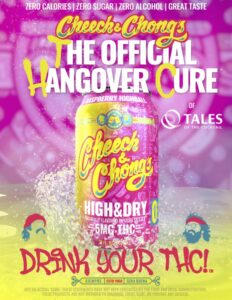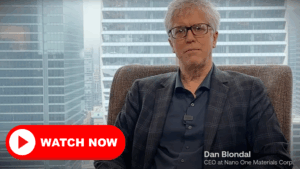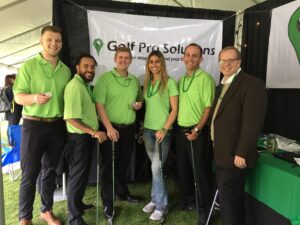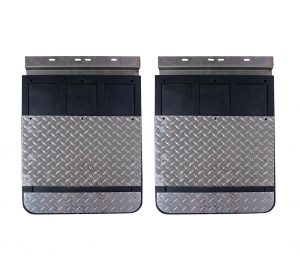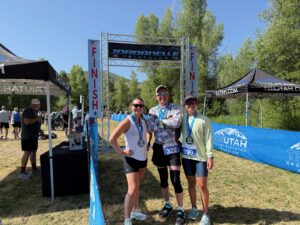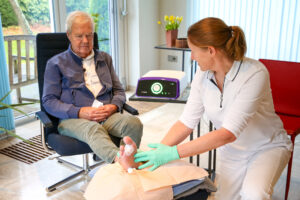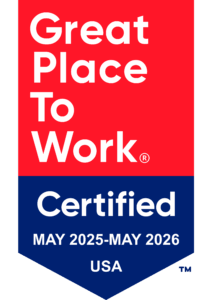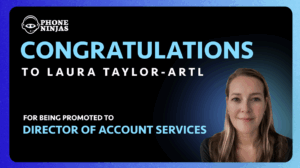With an increasing number of patients seeking greater freedom from glasses and contact lenses, the decision to undergo LASIK surgery often comes with one major question: “Will my night vision improve.” Porter Ophthalmology, a respected name in vision correction in North Carolina, has published a detailed new article examining what patients can expect when driving at night after LASIK. The article provides essential insights for both prospective LASIK patients and those already considering the procedure, particularly as it relates to one of the most common concerns—how well they’ll see after dark.
Driving at night presents unique challenges, especially for individuals dealing with nearsightedness, farsightedness, or astigmatism. These refractive errors can distort vision and make it difficult to judge distances or perceive contrast, especially in low-light settings. For many people, the glare of oncoming headlights or halos around streetlamps can make nighttime driving frustrating, if not dangerous. The new article from Porter Ophthalmology highlights how LASIK, when performed using modern, advanced technology, not only corrects these issues but can significantly improve a patient’s ability to drive safely and comfortably at night.
Isaac Porter, MD, the board-certified ophthalmologist behind Porter Ophthalmology, explains that LASIK performed today is not the same as it was two decades ago. Innovations like wavefront-optimized LASIK have changed the landscape of vision correction by addressing higher-order aberrations that can interfere with low-light vision. This level of precision reduces common night vision disturbances such as halos, starbursts, and glare, leading to better outcomes for patients who spend time behind the wheel after dark. Dr. Porter notes that many of his patients report clearer vision, improved contrast sensitivity, and greater peripheral awareness following LASIK—all critical factors for nighttime driving safety.
In the article, Porter Ophthalmology outlines five key benefits LASIK offers for night driving: reduced glare and halos, enhanced depth perception, improved visual clarity and contrast, expanded peripheral vision, and long-term visual stability. Each of these improvements can lead to more confident decision-making while driving at night, fewer distractions from lights and reflections, and a reduced need for visual aids like high beams. This aligns with what many patients experience post-operatively: a noticeable decrease in reliance on corrective lenses and greater confidence when navigating dark roads, unfamiliar intersections, or bad weather.
Dr. Porter emphasizes that while some patients may experience temporary glare or halos during the early healing phase after LASIK, these symptoms typically diminish with time. He uses detailed corneal imaging and a personalized treatment approach to minimize the risk of these side effects and support better outcomes from the start. For patients with a high degree of nearsightedness or other complex vision profiles, additional preoperative diagnostics help ensure that LASIK is the right choice and that any concerns related to night vision are addressed proactively.
Another point made clear in the article is that LASIK’s impact on night driving is not just theoretical. Real-world experience from patients at Porter Ophthalmology supports the claim that LASIK provides not only convenience but enhanced safety. Patients often note that their eyes feel more stable, they’re no longer bothered by the reflection of headlights or the fogging of lenses, and they can react more quickly to road hazards—all of which are critical for safe driving at night. The reduction in light scatter from smooth corneal reshaping is especially beneficial when facing oncoming traffic or reading road signs in dim conditions.
Importantly, the article also addresses the experience of individuals who might still require glasses for night driving after LASIK. While the majority of patients enjoy clear, unaided vision, a small number may benefit from a second treatment to sharpen low-light vision. Dr. Porter ensures thorough follow-up care for all patients, including visual acuity assessments and refinement of care plans if necessary, to help them achieve the best possible vision day and night. This personalized attention reflects Porter Ophthalmology’s reputation for high-quality, patient-centered care.
In addition to describing how LASIK benefits nighttime vision, the article highlights the role of dry eye in post-LASIK recovery. Because dryness can temporarily affect clarity, especially in the evening, Dr. Porter evaluates each patient’s eye health before and after surgery and offers solutions as needed to manage symptoms and support clear vision. The practice uses up-to-date therapies and a range of diagnostic tools to ensure that every factor affecting a patient’s night driving experience is addressed.
The article also distinguishes between traditional LASIK and wavefront-optimized LASIK. This distinction matters for patients specifically concerned about night vision. Traditional LASIK reshapes the cornea to correct the eye’s prescription, but wavefront-optimized LASIK goes further by customizing the laser pattern for better results. This level of detail is especially beneficial for night vision, as it reduces irregularities that might otherwise lead to visual distortion in low-light conditions. Dr. Porter’s approach includes not only advanced technology but also the surgical expertise necessary to carry out each treatment with a high level of precision.
For those considering LASIK and wondering if they are good candidates—particularly with night driving in mind—the article urges readers to schedule a comprehensive consultation at Porter Ophthalmology. The evaluation includes advanced imaging, an eye examination, and a discussion of personal goals and concerns, including those related to nighttime vision. Dr. Porter’s goal is to give each patient clear expectations and a treatment plan that fits their lifestyle, whether they’re driving long commutes, navigating rural roads, or simply wanting to feel safer after dark.
Driving at night can create anxiety for many people, especially if they’ve dealt with poor vision or inadequate correction from glasses or contact lenses. The message of the article is clear: LASIK, when performed by an experienced surgeon using modern technology, can reduce those worries and provide long-term improvements in visual quality. At Porter Ophthalmology, patients receive not just treatment, but a full continuum of care—before, during, and after surgery—to ensure that their outcomes support all aspects of their lives, including safe, confident driving at night.
With increasing interest in vision correction procedures across the country, the insights shared in this article are timely and relevant to a broad audience. Patients searching for information about LASIK, reporters looking to cover advances in ophthalmology, and clinicians referring patients for vision correction can all benefit from the data and perspective offered by Dr. Porter. The article reinforces Porter Ophthalmology’s position as a leader in refractive surgery and highlights the real-world benefits of LASIK that go beyond general convenience and appearance—directly impacting daily safety and independence.
Reporters interested in learning more about the relationship between LASIK and night driving are encouraged to contact Dr. Porter directly for interviews or expert commentary. His experience in wavefront-optimized LASIK, coupled with a patient-centered philosophy, provides a valuable source for stories about emerging trends in eye surgery, advances in ophthalmic technology, and the practical impact of laser vision correction on everyday life.
For patients who are struggling with vision problems at night and want to explore long-term solutions, this article offers a straightforward, informative starting point. LASIK continues to evolve, and with practices like Porter Ophthalmology leading the way, patients in Raleigh and beyond have access to safe, effective treatments that address not just daytime clarity, but the full scope of visual needs around the clock.




